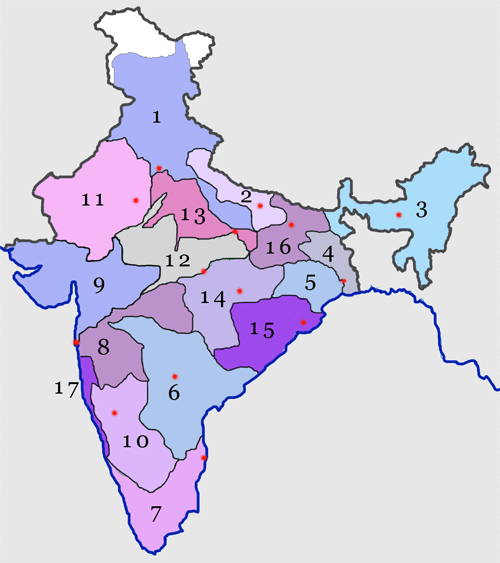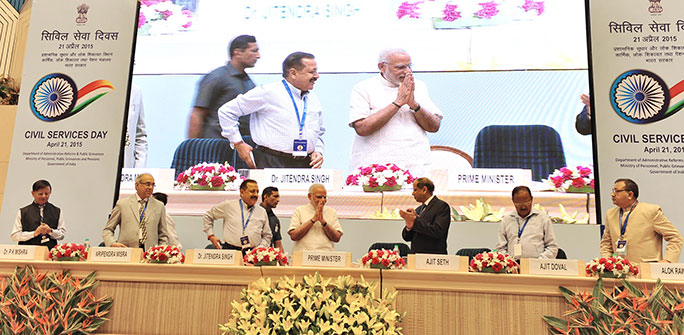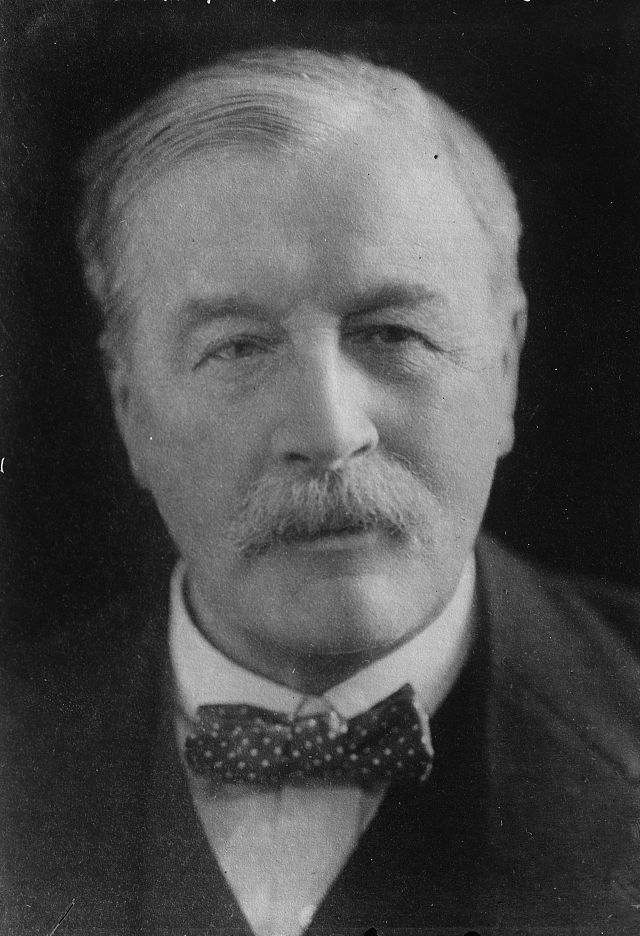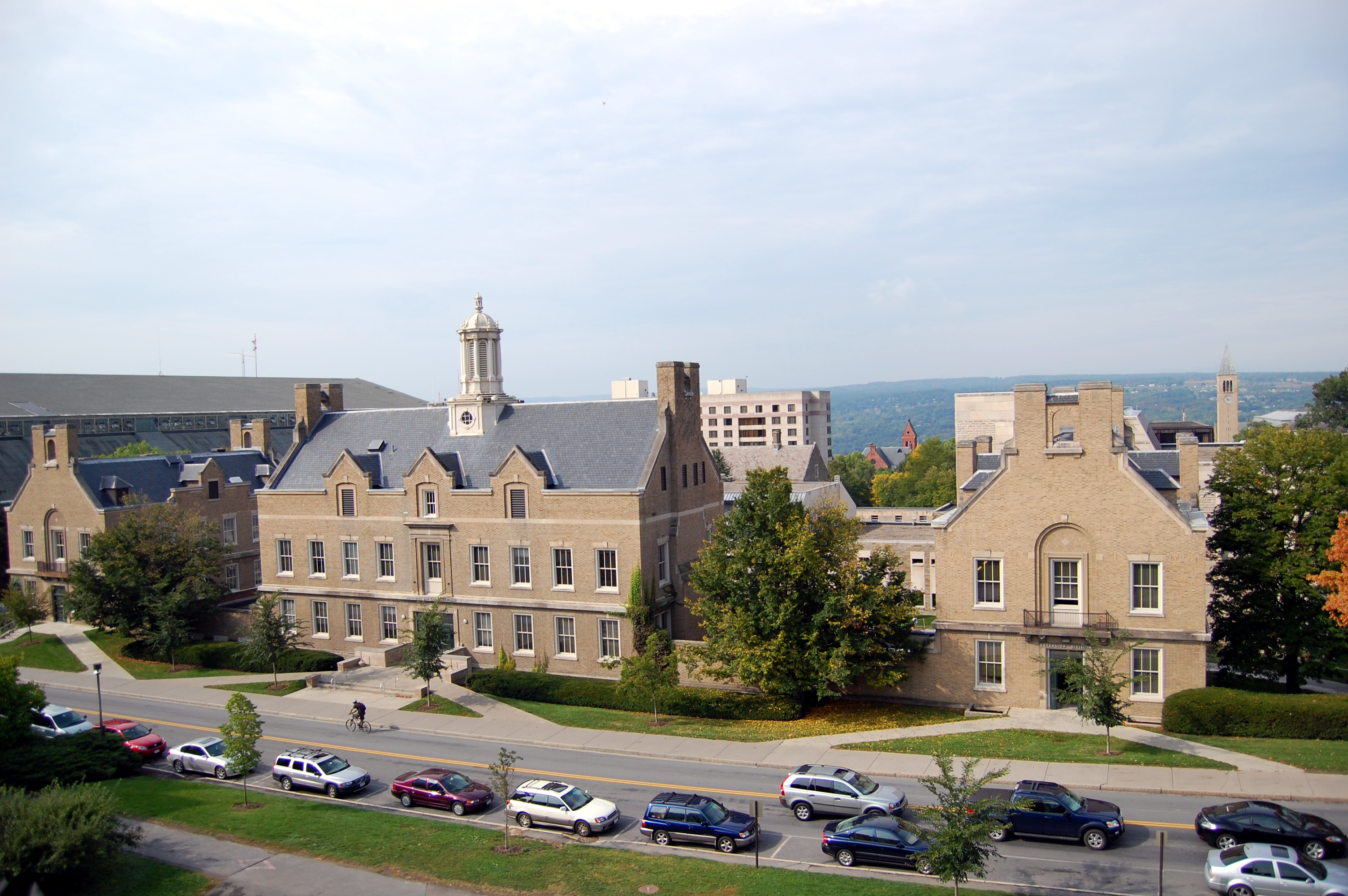|
Indian Railway Personnel Service
The Indian Railway Personnel Service (IRPS) is a Prestigious Group 'A' Central Civil Service cadre of the Government of India. The central civil servants of this service are responsible for managing the Human Resources of the Indian Railways and welfare of railway employees and their families. Railways has a work force of about 1.4 million employees. It is the only civil service of its kind in India and it creates a cadre of central civil servants specialized in human resource management in government of India. The total sanctioned strength of the service is '478' after cadre restructuring orders on 09.03.2019. Recruitment 50% vacancies in the initial recruitment grade of the Indian Railways Personnel Service (IRPS) Railway office are filled up through the UPSC Civil Service Examination held every year while remaining vacancies are filled up by promotion of Group 'B' officers of feeder cadres through selection made by UPSC.The first direct recruitment to the cadre was done by UPS ... [...More Info...] [...Related Items...] OR: [Wikipedia] [Google] [Baidu] |
Railway Board Secretariat Service
The Railway Board Secretariat Service (RBSS) (हिंदी : रेलवे बोर्ड सचिवालय सेवा) is a central civil service in the Secretariat of the Ministry of Railways (Railway Board) of the Union Government of India. Origin Railway Board Secretariat Service was constituted with effect from 1.12.1954 under the Railway Board Secretariat (Re-organisation and reinforcement) Scheme. The model followed in setting up the service was the Central Secretariat Service which had been re-organised under the Central Secretariat (Re-organisation and re-inforcement) Scheme, framed by the Ministry of Home Affairs, with a view to strengthen the secretariat structure of other Ministries of Government of India. The Railway Board Secretariat (Re-organisation and re-inforcement) Scheme was later codified in the form of statutory rules by promulgating the Railway Board Secretariat Service Rules, 1969 on the basis of Central Secretariat Service Rules, 1962. Organisa ... [...More Info...] [...Related Items...] OR: [Wikipedia] [Google] [Baidu] |
Indian Railways Organisational Structure
Indian Railways is a statutory body under the ownership of the Ministry of Railways of the Government of India that operates India's national railway system. It is headed by a Railway Board whose chairman reports to the Ministry of Railways. It is organized into separate functional groups or verticals while divided into 19 operational zones geographically. Each zone, headed by a General Manager, is semi-autonomous thus creating a matrix organization where the functional branches are under dual control. Railway Board In March 1905, the railway branch of the Public Works Department was transferred to the newly established railway board under the department of commerce and industry by the Indian Railway Board Act. In 1908, the set up was re-organized on the recommendations of the Railway Finance Committee (1908) by constituting the Railway Board headed by a president as a separate department. Pursuant to the Acworth committee's recommendations in 1921, the railway board was expanded t ... [...More Info...] [...Related Items...] OR: [Wikipedia] [Google] [Baidu] |
Centralised Training Institutes Of The Indian Railways
The Centralised Training Institutes of the Indian Railways has eight constituent institutes. The Indian Railways is the largest civilian employer in the world at approximately 1.6 million employees. Around 12000 officers form the line and staff management. Training of all the management cadres is entrusted and shared between these eight institutes. * Indian Railways Institute of Civil Engineering, Pune, for officers of civil engineering department. * Indian Railways Institute of Electrical Engineering, Nasik, for officers of electrical engineering department. * Indian Railways Institute of Financial Management, for officers of Accounts Service. * Indian Railways Institute of Mechanical and Electrical Engineering, Jamalpur, for officers of mechanical and engineering department. * Indian Railways Institute of Signal Engineering and Telecommunications, Secunderabad, for officers of S&T department. * Indian Railways Track Machine Training Center * National Academy of Indian Rai ... [...More Info...] [...Related Items...] OR: [Wikipedia] [Google] [Baidu] |
Civil Services Of India
In India, the Civil Service is the collection of civil servants of the government who constitute the permanent executive branch of the country. This includes servants in the All India Services, the Central Civil Services, and various State Civil Services. As of 2010, there were 6.4 million government employees in India in all levels (Group A to D) within the central and state governments. The services with the most personnel are with the Central Secretariat Service and Indian Revenue Service (IT and C&CE). Civil servants in a personal capacity are paid from the Civil List. Article 311 of the constitution protects civil servants from politically motivated or vindictive action. Senior civil servants may be called to account by the Parliament. The civil service system in India is rank-based and does not follow the tenets of the position-based civil services. History The present civil services of India are mainly based on the pattern of the former Indian Civil Service of B ... [...More Info...] [...Related Items...] OR: [Wikipedia] [Google] [Baidu] |
Railway Board
The Ministry of Railways is a ministry in the Government of India, responsible for the rail transport in India, country's rail transport. The Indian Railways is the rail network operated and administered by the Railway Board constituted by the ministry. The ministry along with the Railway Board is housed inside Rail Bhawan in New Delhi. It is headed by the Minister of Railways (India), Minister of Railways. With more than 1.2 million employees, it is one of the world's List of companies by employees, largest employers. History The first railway track was operational in Chennai, Madras in 1837 and the first passenger train ran in Bombay in 1853. But the earlier railways were operated by private companies with the earliest being the Madras Railway established in 1845 and the Great Indian Peninsular Railway incorporated in 1849. In October 1901, the Secretary of State for India in Council appointed Thomas Robertson as a special commissioner for Indian Railways to prepare a rep ... [...More Info...] [...Related Items...] OR: [Wikipedia] [Google] [Baidu] |
Ministry Of Railways (Japan)
The Japanese Government Railways (JGR) was the national railway system directly operated by the until 1949. It was a predecessor of Japanese National Railways and the later Japan Railways Group. Name The English name "Japanese Government Railways" was what the Ministry of Railways (established in 1920) used to call its own and sometimes the ministry itself as a railway operator. Other English names for the government railways include Imperial Japanese Government Railways and Imperial Government Railways, which were mainly used prior to the establishment of the ministry. This article covers the railways operated by the central government of Japan from 1872 to 1949 notwithstanding the official English name of the system of each era. Network By the end of World War II in 1945, the Japanese Government Railways operated on the main Japanese islands of Honshū, Hokkaidō, Kyūshū, Shikoku and Karafuto. The railways in Taiwan and Korea were operated by the local Governor-General ... [...More Info...] [...Related Items...] OR: [Wikipedia] [Google] [Baidu] |
National Academy Of Indian Railways
The National Academy of Indian Railways (NAIR), Vadodara formerly Railway Staff College and historically the Pratap Vilas Palace, is a Centralised Civil Service, civil service, engineering and medical training institute for Civil Service, Engineering and Medical Officers of Indian Railway Personnel Service, Indian Railway Stores Service and Indian Railway Medical Services cadre headed by a Director General and staffed by a faculty of experienced Railway Managers and Experts. Starting with the initial training of Officers Trainees inducted as Central Civil Services, Engineering and Medical professionals that form the backbone of Indian Railways, the Academy also conducts, mid-service mandatory or theme based ''in service'' Management Courses for all Officers of IR and courses for Officers of other Group A Central Services, Public Sector and Foreign Railways. The Academy is housed in the sprawling 55 acres campus of the Pratap Vilas Palace at Lalbaug, Vadodara. History The Ind ... [...More Info...] [...Related Items...] OR: [Wikipedia] [Google] [Baidu] |
Marri Chenna Reddy
Marri Chenna Reddy (13 January 1919 – 2 December 1996) was an Indian politician active in several states. He was the 6th Chief Minister of Andhra Pradesh from 1978 to 1980 and from 1989 to 1990. He also served as the governor of Uttar Pradesh (1974–1977), governor of Punjab (1982–1983), governor of Rajasthan from February 1992 to May 1993, and governor of Tamil Nadu from 1993 until his death. He was a leader of Indian National Congress Party. Reddy was among the stalwarts who headed the Telangana movement of Andhra Pradesh in the late 1960s. He also has the credit of being one of the youngest ministers; He became a minister of Andhra Pradesh at the age of 30. Early life Marri Chenna Reddy was born to Marri Lakshma Reddy and Buchamma on 13 January 1919 in Siripuram village (currently in Marpally Mandal), Atraf-i-Balda, Hyderabad State. He obtained his MBBS degree in 1941. He was the founder of Andhra Yuvajana Samiti and Students Congress. He was associated with s ... [...More Info...] [...Related Items...] OR: [Wikipedia] [Google] [Baidu] |
RCVP Noronha Academy Of Administration
RCPV Noronha Academy of Administration and Management (where RCVP stands for Ronald Carlton Vivian Piadad) is the apex and nodal training institute of Madhya Pradesh, India. It organises training programmes for the senior officers of the government of Madhya Pradesh, government of India and Public Sector Undertakings. It has been effectively playing an advisory role for the Madhya Pradesh government in Human Resource Development. It is also a coordinating institution for the various training institutions of the state. History Established in 1966 as Lal Bahadur Shastri Institute of Public Administration, the Academy of Administration and Management trains the officers of the State Government, Government of India and Public Sector Undertakings. Ronald Carlton Vivian Piadade Noronha, ICS, was a distinguished civil servant who served as Chief Secretary of the state for almost 10 years (1963–1968, 1972–1974). This Institution has been honoured with the National Award of Excelle ... [...More Info...] [...Related Items...] OR: [Wikipedia] [Google] [Baidu] |
Lal Bahadur Shastri National Academy Of Administration
Lal Bahadur Shastri National Academy of Administration (LBSNAA) is a civil service training institute on public policy and public administration in Mussoorie, Uttarakhand in India. The academy's main purpose is to train civil servants of the IAS cadre and also conduct the Foundation Course of Group-A Central Civil Services. After completion of training, the trainee officers of IAS cadre are awarded an MA (Public Management) from Jawaharlal Nehru University. It has been functioning under the Ministry of Personnel, Public Grievances and Pensions since 1985. Overview On 15 April 1958, the then Union Home Minister Pandit Govind Ballabh Pant announced in the Lok Sabha, that the Government would set up a National Academy of Administration, where training would be given to all the recruits of the Civil Services. The Ministry of Home Affairs also decided to amalgamate the IAS Training School, Delhi and the IAS Staff College, Shimla to form a National Academy of Administration to ... [...More Info...] [...Related Items...] OR: [Wikipedia] [Google] [Baidu] |
Human Resource Management
Human resource management (HRM) is the strategic and coherent approach to the effective and efficient management of people in a company or organization such that they help their business gain a competitive advantage. It is designed to maximize employee performance in service of an employer's strategic objectives. Human resource management is primarily concerned with the management of people within organizations, focusing on policies and systems. HR departments are responsible for overseeing employee-benefits design, employee recruitment, training and development, performance appraisal, and reward management, such as managing pay and employee benefits systems. HR also concerns itself with organizational change and industrial relations, or the balancing of organizational practices with requirements arising from collective bargaining and governmental laws. The overall purpose of human resources (HR) is to ensure that the organization can achieve success through people. HR pr ... [...More Info...] [...Related Items...] OR: [Wikipedia] [Google] [Baidu] |






